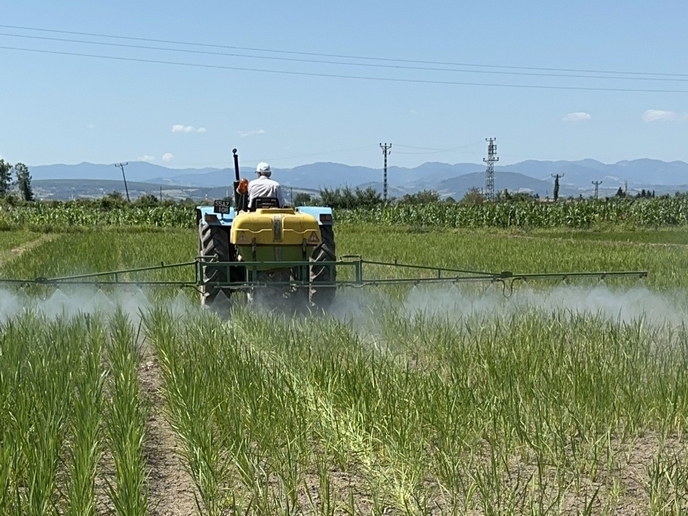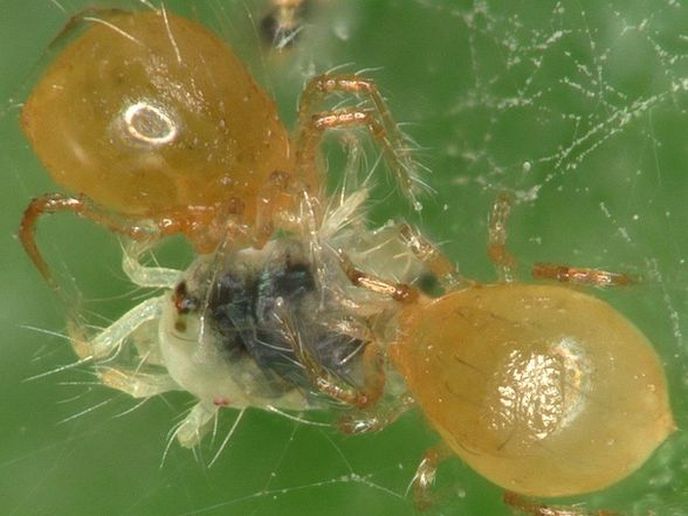Efficient and ecologically responsible weed control
Many plants, including crops, have their own chemical defence, essentially an arsenal to fight off insects, pathogens and neighbouring species. These chemical defences can be very diverse; sometimes they are specific to only one species. “We don’t understand how some plant species are able to tolerate the chemical attack they undergo from weeds so we wanted to uncover the molecular targets of plant-derived phytotoxins, and to identify the genetic components that are essential for tolerance to these substances,” explains Claude Becker(opens in new window), coordinator of the FEAR-SAP(opens in new window) project, hosted by Ludwig-Maximilians-University(opens in new window) in Munich. Becker and his team considered benzoxazinoids, a type of defence chemical that is produced by many grasses, including major crops such as maize, wheat and rye. “Our approach was unprecedented in the field. Plant-plant interactions had been studied from a biochemical and an ecological perspective, but not by applying genomics and genetics methods, and not in conjunction with studying the plant microbiome at the receiving end of this interaction,” he says.
Harnessing phytotoxins to protect crop plants
In FEAR-SAP, supported by the European Research Council(opens in new window), the team focused on two main questions: What is the molecular mode of action of benzoxazinoids; in other words, how do benzoxazinoids inhibit plant growth? And how do the plants that produce these chemicals manage to evade their own toxin? To find answers, the project studied a plant that is exposed to benzoxazinoids but is not able to produce them. “We used the genetic model plant Arabidopsis thaliana for which there are many genetic resources available. We grew hundreds of natural accessions in different soil types as well as on a medium supplemented with benzoxazinoids. Then we scored differences in response,” Becker adds. FEAR-SAP also studied the effects of benzoxazinoids on root-associated bacteria, since one of the hypotheses was that benzoxazinoids might inhibit plant growth by impacting the root microbiome. “In both cases, we applied quantitative genetics approaches to identify genes underlying the response of either plants or microorganisms.”
Comprehensive array of molecular genetics, genomics and metagenomics analyses
The interaction is highly sophisticated, and Becker notes that reduced-complexity research environments limit our ability to fully understand the interactions. “We will need further advances in technology and data resources to grasp the full picture,” he notes. “Large-scale approaches that include phenotypic, genomic, transcriptomic and genetic data – such as that applied by the FEAR-SAP project – allow us to disentangle parts of this complexity.” FEAR-SAP has established that the plant genotype plays a critical role in how the plant responds to the compounds that are released by one of its neighbours. Moreover, that compound can be modified extensively on the short path of travel from the donor to the recipient. The team is now starting to translate their results outside of the model genetic system. “We have also generated benzoxazinoid-free wheat, which we are currently propagating for field trials,” he says. Becker is proud of the fact that the project succeeded in applying genomics approaches, in the broader sense, to this research field, and to thus opening it up to new disciplines. “The question of biochemical plant-plant interaction, or allelopathy, which has been addressed for more than a century in a relatively small niche of biology, will hopefully become attractive to researchers from previously unrelated disciplines,” concludes Becker.







